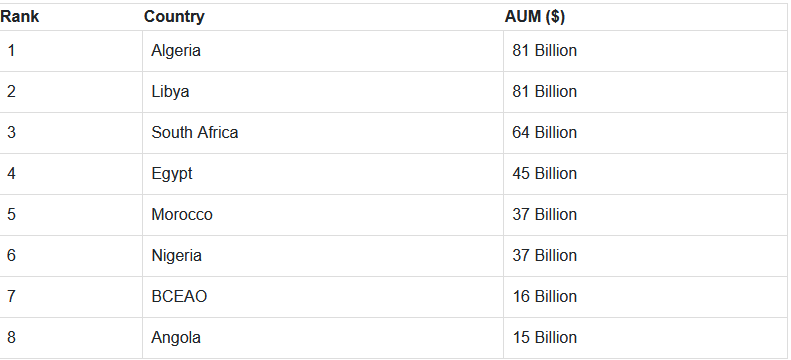The Assets Under Management (AUM) of central banks serves as a vital gauge of a nation’s economic vigour and financial well-being. AUM, which encompasses the total value of assets controlled by the central bank—ranging from foreign exchange reserves and gold to government bonds and various financial instruments—reflects the core of a nation’s economic strength.
This metric isn’t just a reflection of financial health but also an indicator of the bank’s capacity to influence and guide national monetary policies and ensure long-term economic stability.
In the realm of central banking, AUM assumes a pivotal role within a broader strategy of monetary policy and economic regulation. These assets are strategically utilised to stabilise currencies, manage inflation, and engage in market interventions, especially during periods of financial turbulence or uncertainty.
For African central banks, the stakes are even higher, as they hold significant sway over the economic fabric of their nations—and, by extension, the continent. These institutions are responsible for crafting and executing monetary policies, controlling inflation, stabilising national currencies, and nurturing sustainable economic progress.

AUM in African Central Banks
African central banks play a crucial role not only in their respective countries but also in shaping regional economic integration, attracting foreign investment, and enhancing Africa’s global economic standing. As of 2024, the Central Bank of Libya and the Bank of Algeria are tied for the top position, each managing $81 billion in Assets Under Management (AUM), according to Statista. Following them is the South African central bank, ranked third in the region with $64 billion in AUM.
The table below highlights the leading central banks in Africa for 2024, ranked by their AUM:

According to the table, Algeria and Libya lead with $81 billion in Assets Under Management (AUM), largely benefiting from their abundant oil and gas reserves, which help stabilise their economies. South Africa follows with $64 billion, utilising its reserves to support its industrial economy and manage the value of its currency.
Egypt holds $45 billion to bolster the Egyptian pound and manage its national debt. Morocco and Nigeria each manage $37 billion, with both countries relying on diverse economies and oil exports to support their financial stability.
The West African Central Bank (BCEAO), which serves several countries in the region, oversees $16 billion to stabilise the CFA franc. Angola, with $15 billion, leverages its oil wealth to stabilise the kwanza. In conclusion, these AUM figures are vital for maintaining economic stability and supporting the value of national currencies in these nations.


